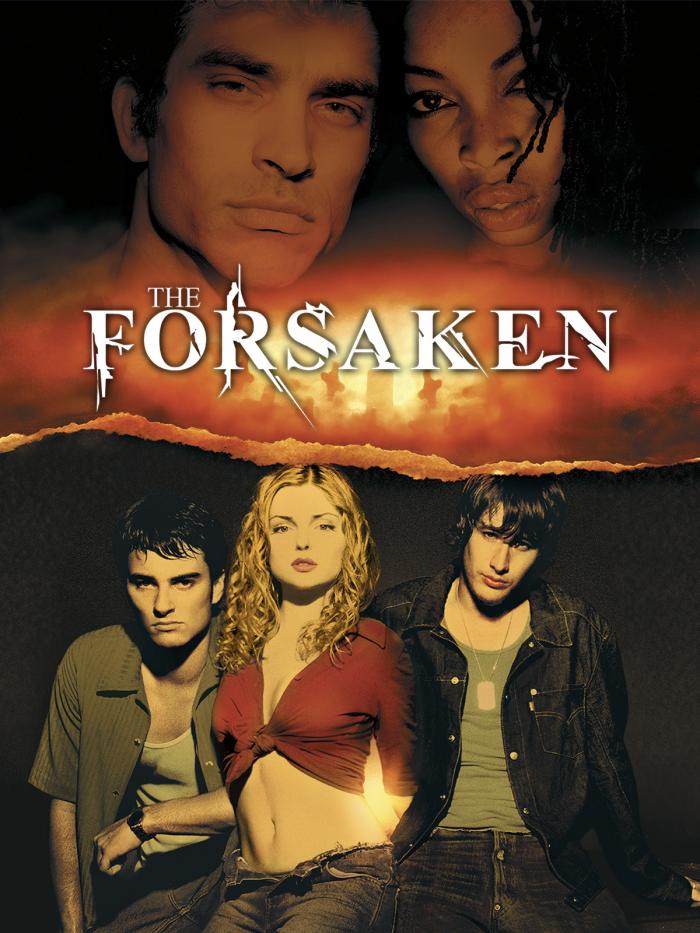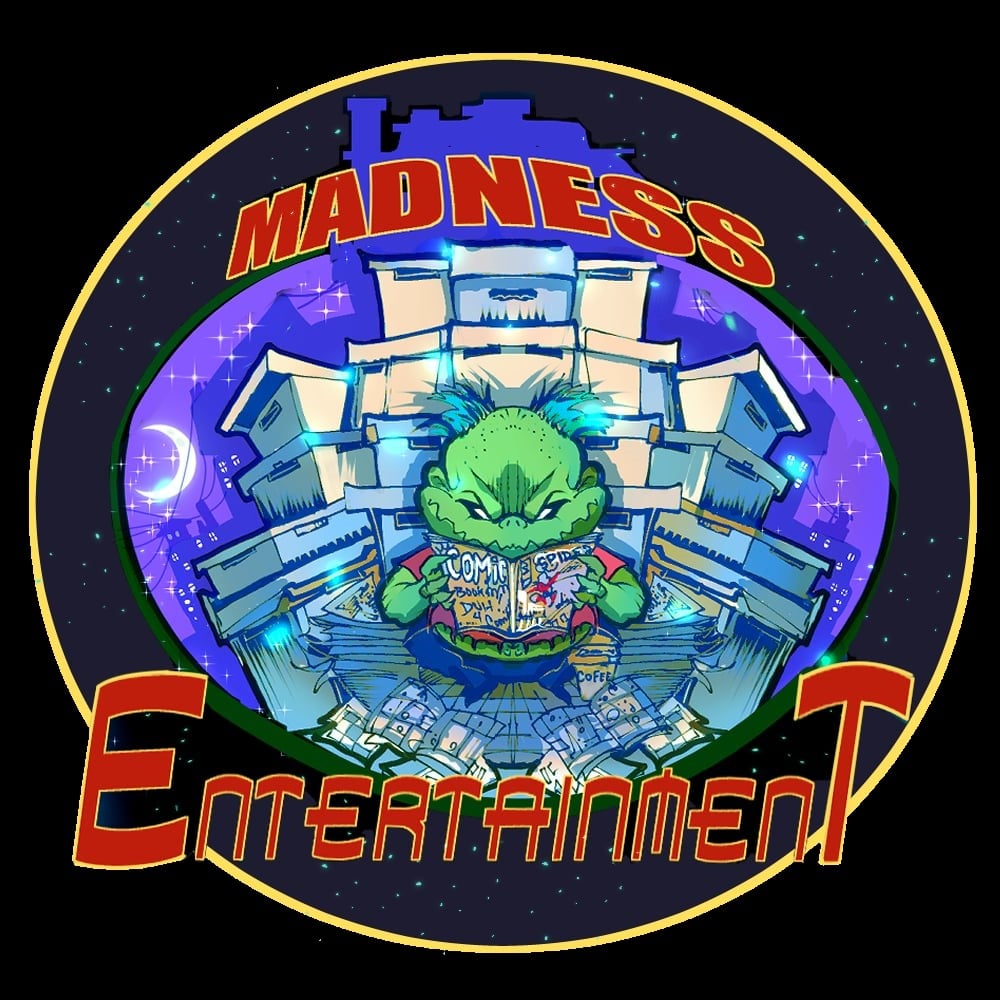You are here
Home › Movies › RETRO REVIEW: J.S. Cardone's 2001 Vampire Action Flick 'The Forsaken' Is Overlooked Gem ›RETRO REVIEW: J.S. Cardone's 2001 Vampire Action Flick 'The Forsaken' Is Overlooked Gem
FTC Statement: Reviewers are frequently provided by the publisher/production company with a copy of the material being reviewed.The opinions published are solely those of the respective reviewers and may not reflect the opinions of CriticalBlast.com or its management.
As an Amazon Associate, we earn from qualifying purchases. (This is a legal requirement, as apparently some sites advertise for Amazon for free. Yes, that's sarcasm.)

Fallen far from their King-of-the-Hill status in the Reagan-era celluloid landscape, vampires endured a difficult period beginning in the mid-‘90’s. After the prestige treatment of Francis Ford Coppola’s bravura Draculaand Neil Jordan’s Interview With The Vampire adaptations early in the decade, bloodsuckers were largely banished to low budget, direct-to-video fare featuring rehashed plots and/or chintzy production values (see: Dracula 2000 and its sequels, the diminishing Full Moon’s Subspecies franchise, et al). For every From Dusk Til Dawn or Blade that attempted to revitalize the subgenre, studios in the post-Scream millennial years were interested solely in slick slasher whodunits, found footage, and megabuck remakes. It wouldn’t be until 2003’s Underworld and, in particular, the double-barrel blast of 2008’s Let The Right One In and the all-consuming pop-cultural supernova that was the Twilight saga that nosferatu rose from their metaphorical theatrical coffins in force.
One oft-overlooked gem of that early 21st century interim wasteland of vampire cinema is writer-director J.S. ‘Joe’ Cardone’s The Forsaken. Equal parts horror film, buddy movie, unabashed action flick and neo-western shoot-em-up, it exhibits a gleeful willingness to upend clichés and subvert audience expectations while still delivering maximum thrills.
The plot is straightforward: Aspiring filmmaker Sean (Kerr Smith) works a side hustle as a freelance driver, and is contracted to deliver a mint Mercedes from L.A. to Miami in one week. Coinciding the trip with his sister’s impending wedding, Sean’s schedule hits a snag when he picks up slacker hitchhiker Nick (Brenden Fehr), whose propensity for trouble reveals itself after he helps a sickly young woman named Megan (Izabella Miko), who’s suffering from both a curious blood infection and a mysterious bite wound below her navel. After Megan bites Sean’s hand during Nick’s attempts to sedate her, Nick is forced to reveal the truth: he’s a self-taught vampire hunter who’s spent nine months tracking the bloodsucker who attacked him. Vampires, he claims, originated during the siege of Antioch in the First Crusade, when eight French knights sealed a pact for eternal life with the demon Abaddon by drinking the blood of their unwilling ninth comrade, becoming the titular Forsaken. In the ensuing centuries eight distinct undead lineages have emerged extending back to those Original Vampires, and killing one unravels their entire bloodline and turns those not yet converted into full vampires (‘feeders’) back to humans. Nick has kept his own transition at bay by downing a daily antiviral drug cocktail that also suppresses the psychic rapport each victim shares with their undead sires, and after learning that he, and Megan, are similarly infected, Sean is forced to do the same. Now an unwilling part of Nick’s quest, Sean is oblivious to the fact that they’re already being stalked by one of The Forsaken, the undead maniac Kit (Johnathon Schaech) and his followers—violent-minded feeder seductress Cym (the alluring Phina Oruche), party-girl Teddy (Alexis Thorpe) and Pen (Simon Rex), the crew’s joyously obnoxious hick Renfield. Nick tells Sean that The Forsaken can only be destroyed on hallowed ground, and the movie evolves into a cat-and-mouse road warrior chase until they find an appropriate place to make a last, desperate stand.
Like many horror films of the day, The Forsaken features a pre-packaged soundtrack of screaming Nu Metal bands, schizophrenic MTV-style music video editing and a cast of good looking up-and-comers culled from then-popular TV shows; Kerr, Fehr and Rex were known from The WB network’s Dawson’s Creek, Roswell, and Jack & Jill, respectively, and even Oruche had a recurring gig on Buffy the Vampire Slayer at the time. While those elements, and the proclivity for Scream-influenced self-referential humor ruthlessly date The Forsaken, its nomadic bloodsuckers harken back to the fangless undead outlaws in Kathryn Bigelow’s similarly-themed 1987 Near Dark. Like that film, The Forsaken dispenses with Hammer’s stuffed-shirt Gothic trappings in favor of wholesale destruction, and Cardone crams every frame of his eighty-eight minute run time with fast cars, explosions, and shoot-outs. But there’s a definite style-over-substance issue at play here. Though the AIDS metaphor and The Forsaken’s vampiric backstory earns kudos for originality, many plot points are noticeably cherry picked from other, superior, films; the unnatural-born-killers angle of the aforementioned Near Dark, the southwestern setting and ‘telepathic vampire-to-victim link’ gleaned from 1998’s John Carpenter’s Vampires. But the biggest liabilities in The Forsaken are both its protagonist and his ultimate adversary. As a lead, Sean comes across initially as uptight and condescending, and Smith’s flat performance does little to endear him to audiences. The weakest link, however, is the villainous Kit; while Schaech musters an appropriate psychotic gusto and serves as a fit Alpha for his pack, he’s surprisingly pedestrian for an allegedly thousand-year-old creature of the night, a charmless sociopath version of The Lost Boys’ David or Fright Night’s Jerry Dandrige with no clear personality of his own. The Forsaken instead belongs to its secondary cast: Oruche’s Cym is an energetic scene-stealer, vicious, vivacious, smart and supremely sexy, she’s the vampire vixen you never knew you wanted to dream of. Likewise, Fehr’s performance is strong enough to virtually carry the entire film, and Nick’s blossoming bromance with the sober Sean drafts a blueprint that Supernatural TV series creator Eric Kripke would utilize four years later, two dudes prowling America’s empty highways in a muscle car, searching for Things That Go Bump In The Night.
The Forsaken’s ending clearly indicates Cardone had a sequel in mind, but a dismal box office ($8.7 million earned against a $15 million budget) and damning contemporary reviews dashed any franchise dreams. Currently the movie holds an anemic 7% score on the aggregator site Rotten Tomatoes, but it’s shameful that a film loaded with so much entertainment bang-for-the-buck—derivative though some of it may be—can be panned so widely; there are, after all, far worse films, horror, vampire, and otherwise, than this. It’s indicative of the elitist tendency of some cinephiles to judge every movie against the giants of the medium. Welles or Kubrick or Spielberg this isn’t, but it’s not supposed to be. Fans and critics alike sometimes forget a film doesn’t necessarily have to be good to be fun, and fun is definitely what The Forsaken delivers, which is why I give it a belated but well-deserved 4 (out of 5) on my Retro Fang Scale. Recommended if you’ve got some pizza, some friends, and some time to murder.


